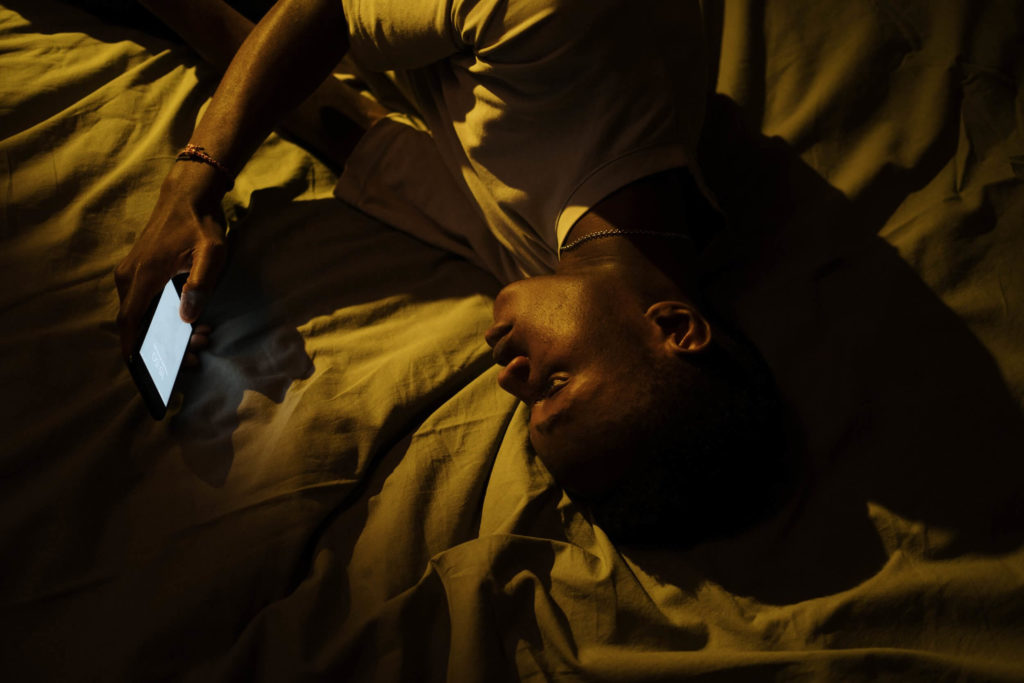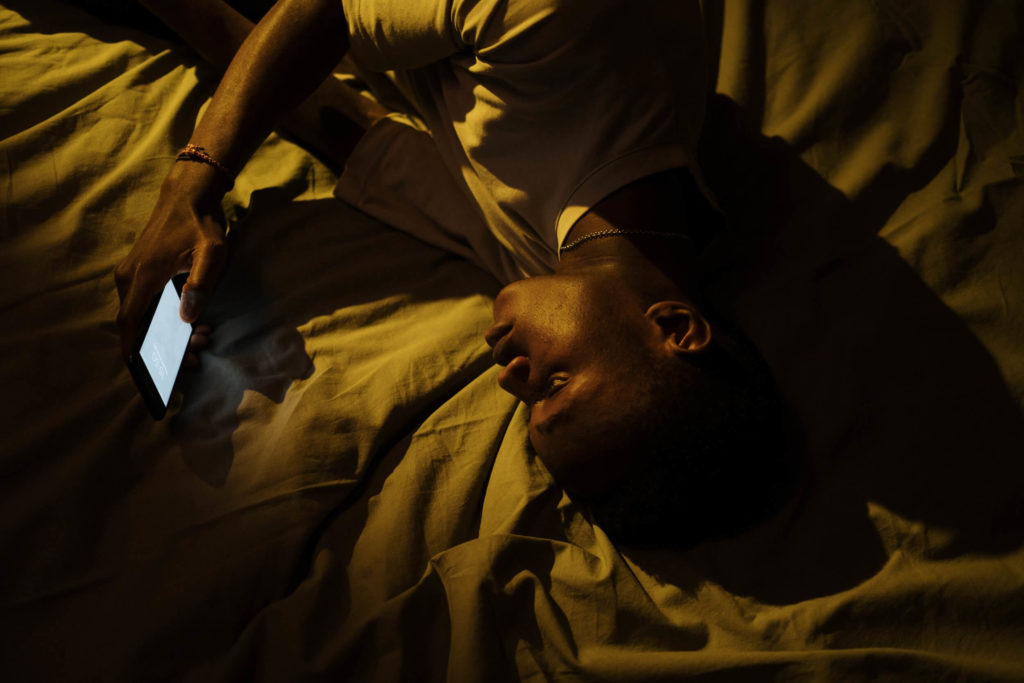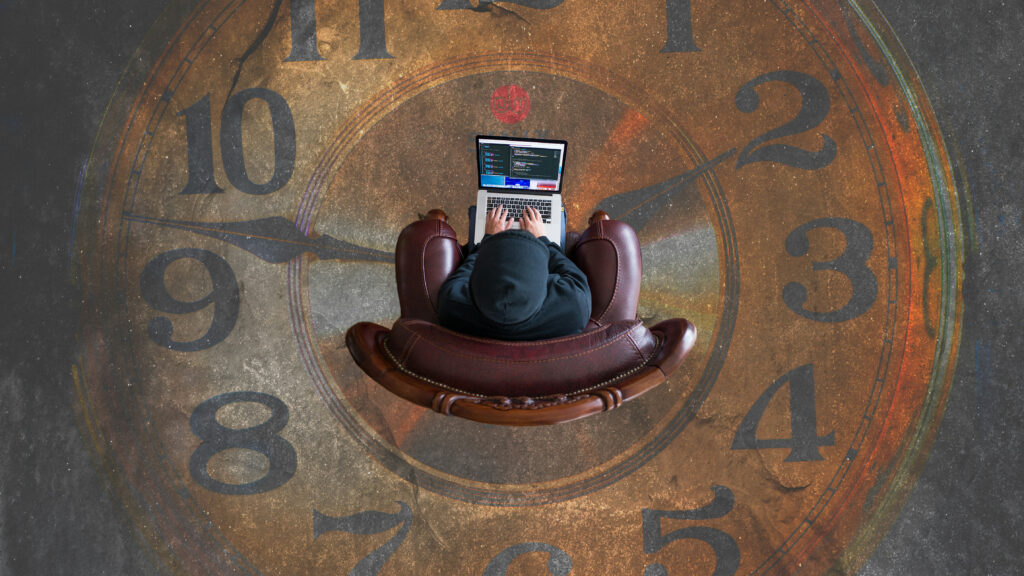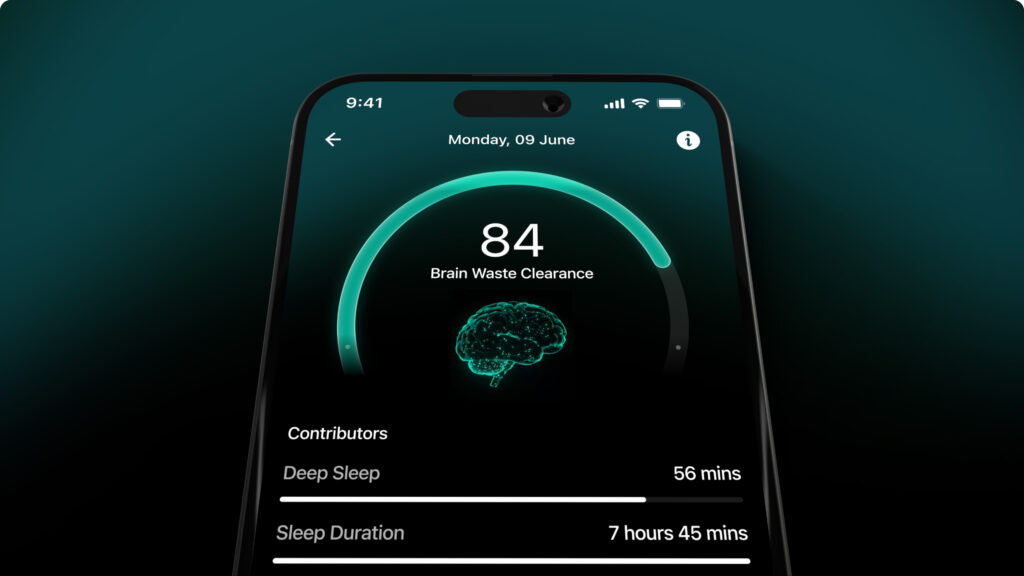We all experience resistance when we’re trying to do something that matters. Whether you want to start meditating, working on a new project, getting out and exercising, or doing anything else that holds the potential of growth, resistance rears its head.

Highlights
- Exploring the neuroscience behind what keeps us stuck in a loop, how to get unstuck,
- Resistance is a prominent feature of a depressive spiral, one does not need to experience depression to know resistance,
- Understanding where resistance resides in the brain and how to overcome it.
In my book Uncovering Happiness, I explore the neuroscience behind what keeps us stuck in a loop, how to get unstuck, find our natural anti-depressants and thrive. While resistance is a prominent feature of a depressive spiral, one does not need to experience depression to know resistance. It’s a universal experience for all of us.
But the deeper question is, where does it reside in the brain and how do we overcome it?
The brain and the avoidance mode
I don’t believe anyone has conducted a brain scan specifically on resistance, but one thing we do know is that the right side of the prefrontal region that lies behind your forehead lights up when we’re trying to avoid something. This same region also lights up with negative emotions.
We should intentionally practice shifting the activity to the left prefrontal region that is largely associated with approaching things in life with resilience. The fact is that resistance is relentless. Not only is this hardwired, but we’ve done this so often that it has turned into a default mode. The brain has such a hold over us, that we’re not even aware of.
Research suggests that inertia or “a tendency to do nothing or to remain unchanged,” is imperative for maintaining a state of equilibrium. This homeostasis is important for upholding a normal body temperature, metabolism and other important bodily functions. It’s also responsible for our resistance to change. (1)
Our basal ganglia nerve cell bodies in the primitive brain are responsible for “wiring” habits. They modulate automatic/familiar behaviours or habits. When we try to introduce a new diet or a physical activity into our routine, after sedentary phase, it can contradict neural pathways that have become automatic to us. (1)
This is why procrastination is so common.

So what do we do about it?
K.N.O.W Your Resistance
Know that your resistance is deeply ingrained.
Notice the resistance in your day as a way of disentangling from it. The moment you’re aware of it, you’re mindful and you create some space between yourself and the resistance. Be open and receptive to the experience of it. How does it feel in your body? Get intimate with it so you can recognise the sensations of it, the thoughts surrounding it and behaviors it prompts you to adopt that lead you away from your intention. This kickstarts the left prefrontal shift.
Whack it! This may seem very unmindful, but it can be kind of fun to think about it this way. We have to remember that mindfulness is awareness and opens us up to discerning what is best for us in the moment. If whacking it is too strong of a term for you (because it implies harming), you might prefer welcoming it and letting it go as a more compassionate response.
Play with these four steps with respect to anything that you experience resilience toward. Remember, you’re not alone. Every human being goes through resistance, even the most talented people you can think of sense it prior to getting started and performing.
Conclusion
Resistance is a universal experience. The basal ganglia in the primitive brain is responsible for wiring habits. The right side of the prefrontal region of the brain that lies behind your forehead lights up when we’re trying to avoid something. The brain is powerful, but you do have the ability to change it and overcome resistance when you get to K.N.O.W it. This isn’t easy. So be forgiving towards yourself along the way but investigate the resistance to continue to learn from it.
Disclaimer: The contents of this article are for general information and educational purposes only. It neither provides any medical advice nor intends to substitute professional medical opinion on the treatment, diagnosis, prevention or alleviation of any disease, disorder or disability. Always consult with your doctor or qualified healthcare professional about your health condition and/or concerns and before undertaking a new healthcare regimen including making any dietary or lifestyle changes.
Reference
This article originally appeared on Psych Central’s Mindfulness & Psychotherapy blog. Republished and modified with permission.








